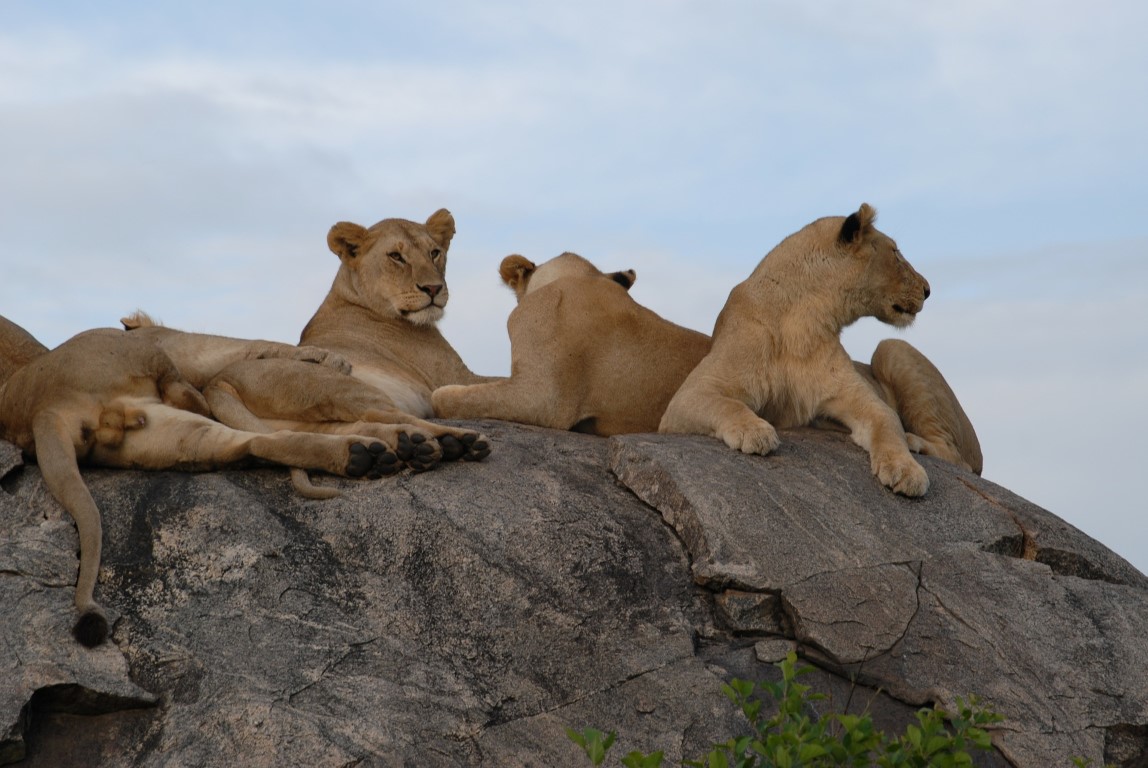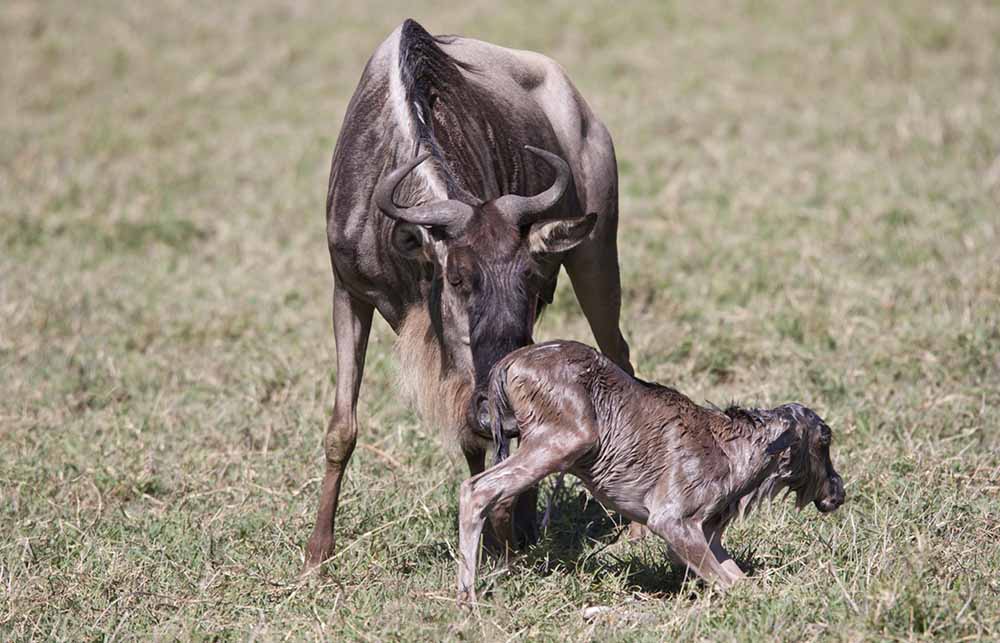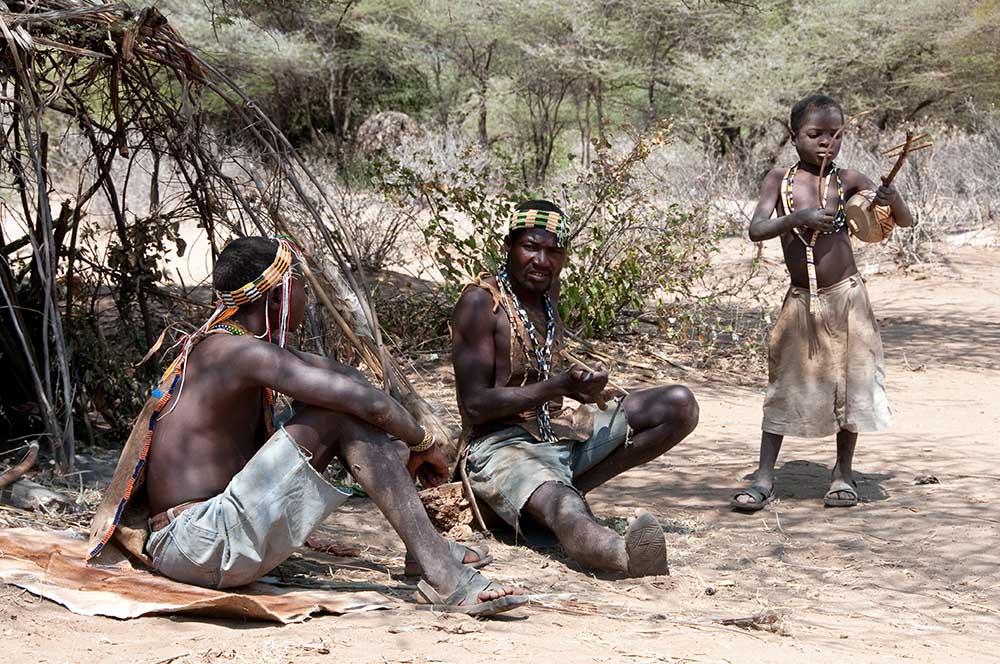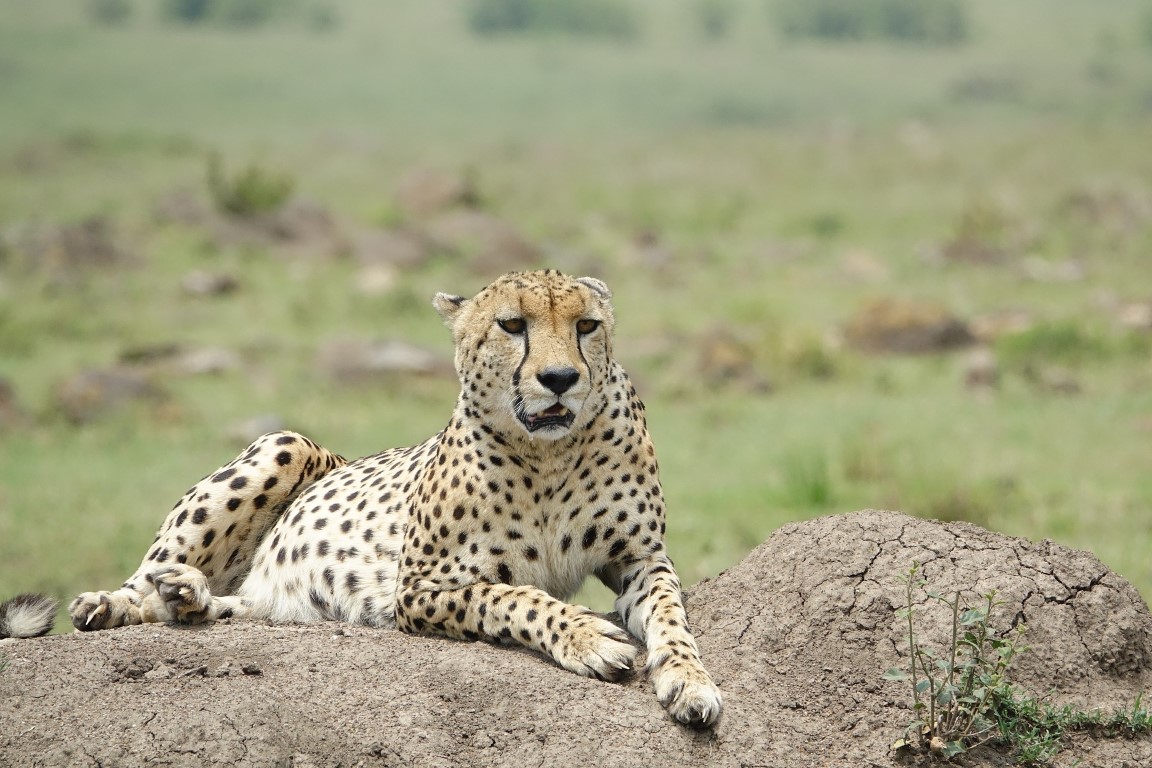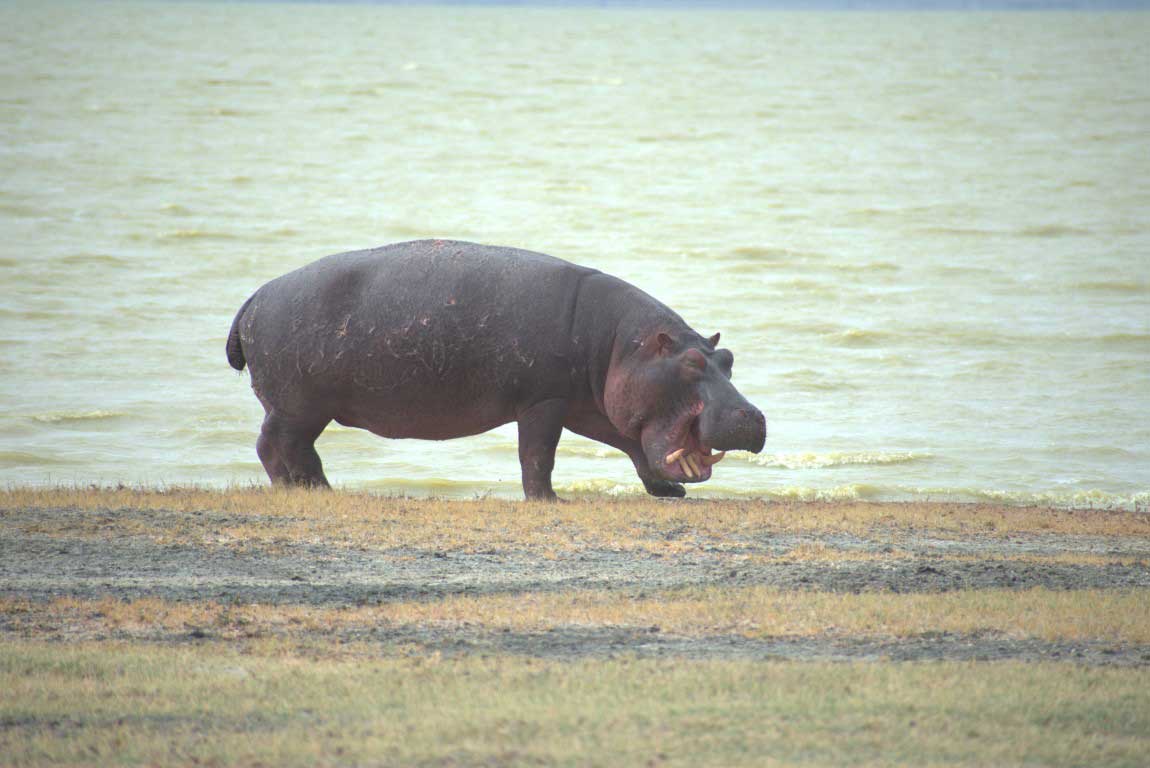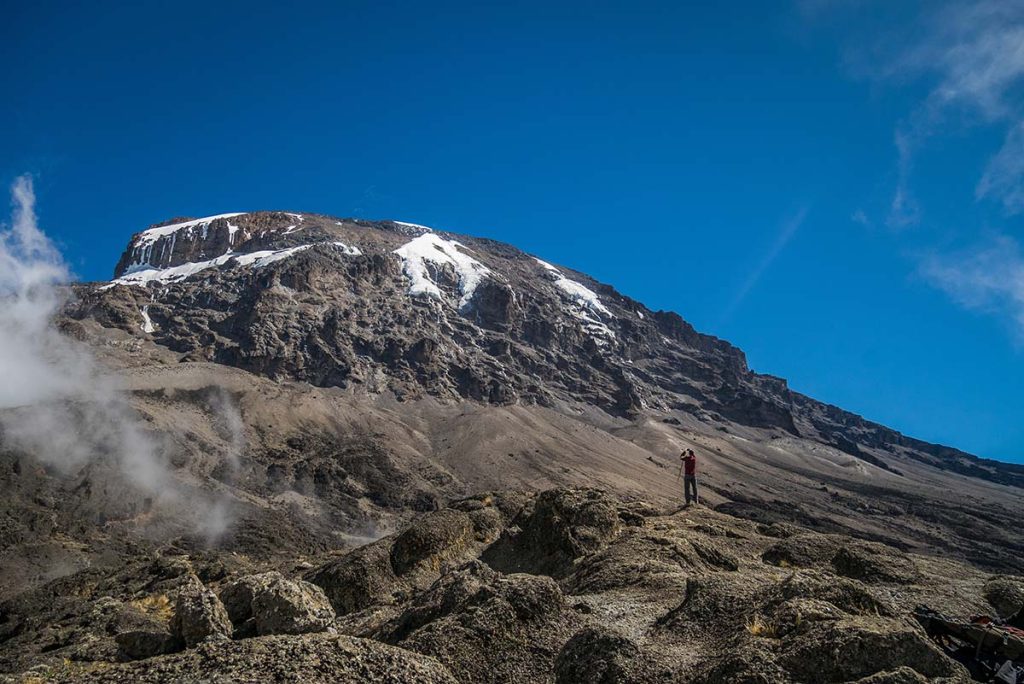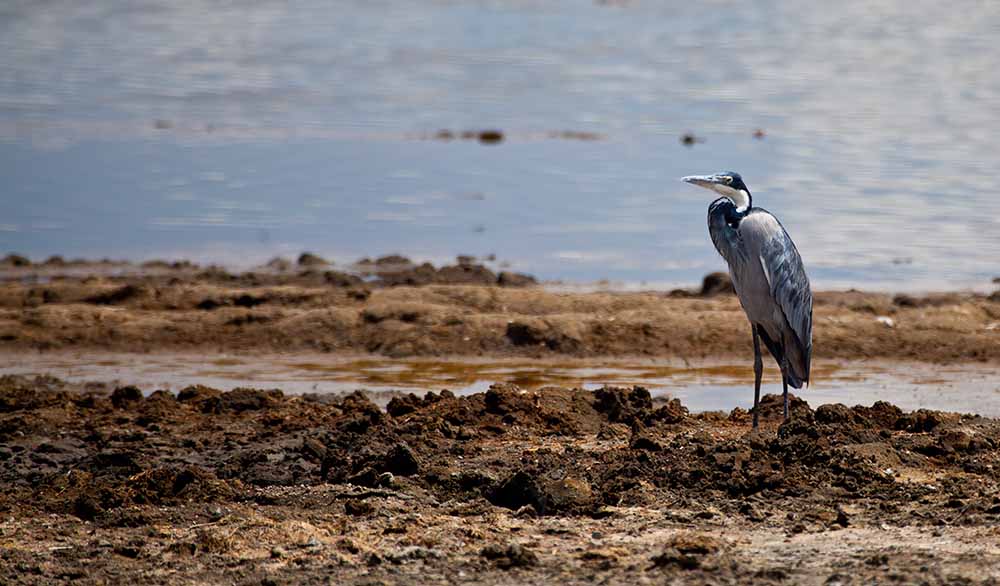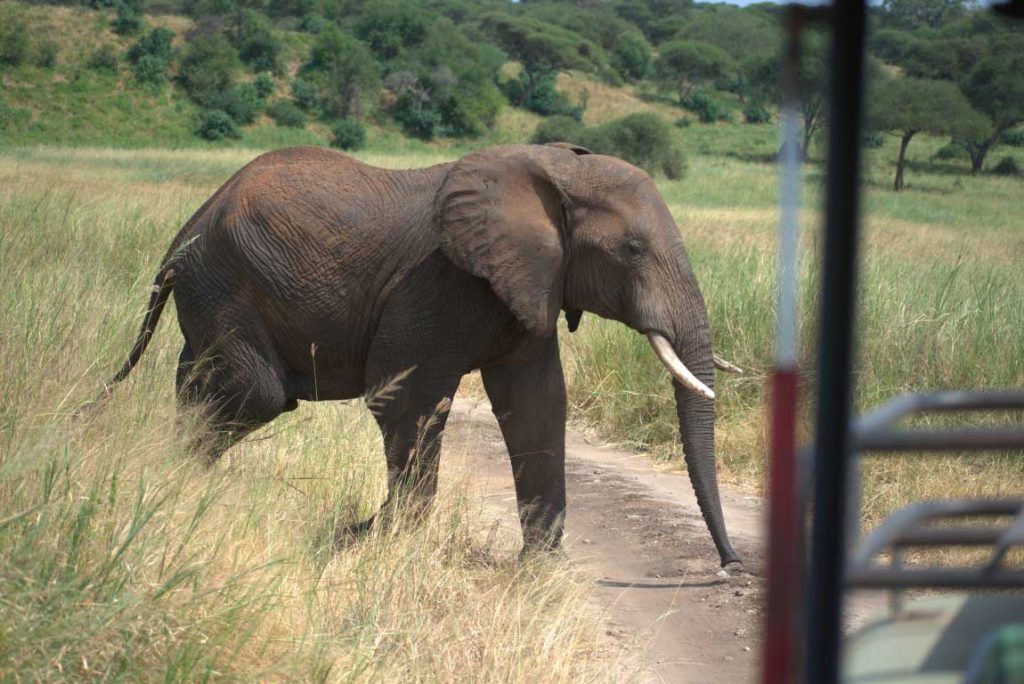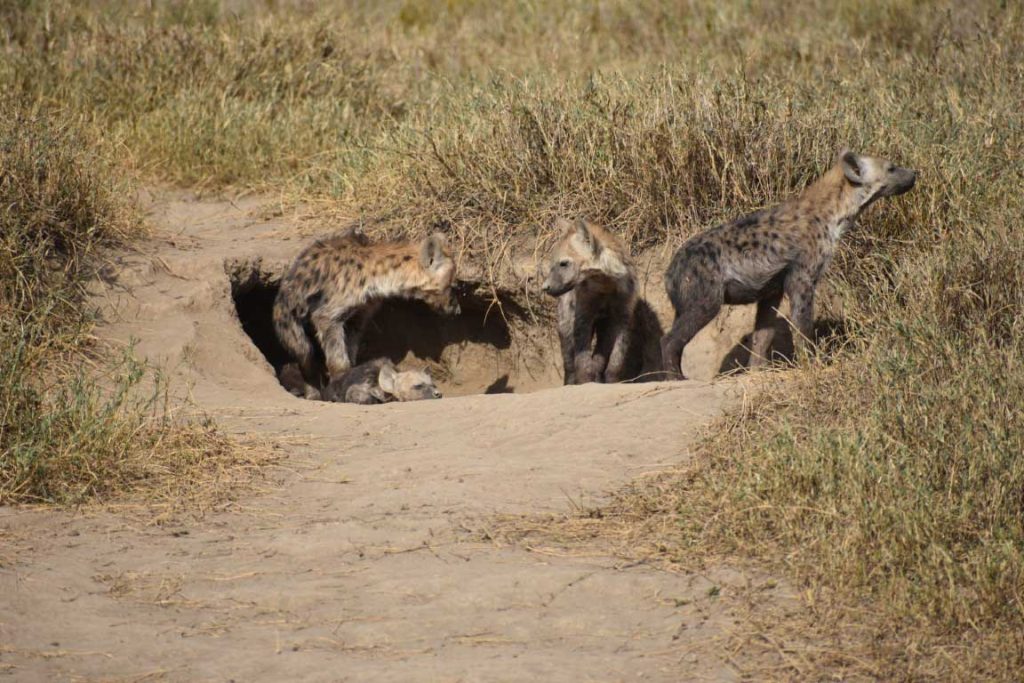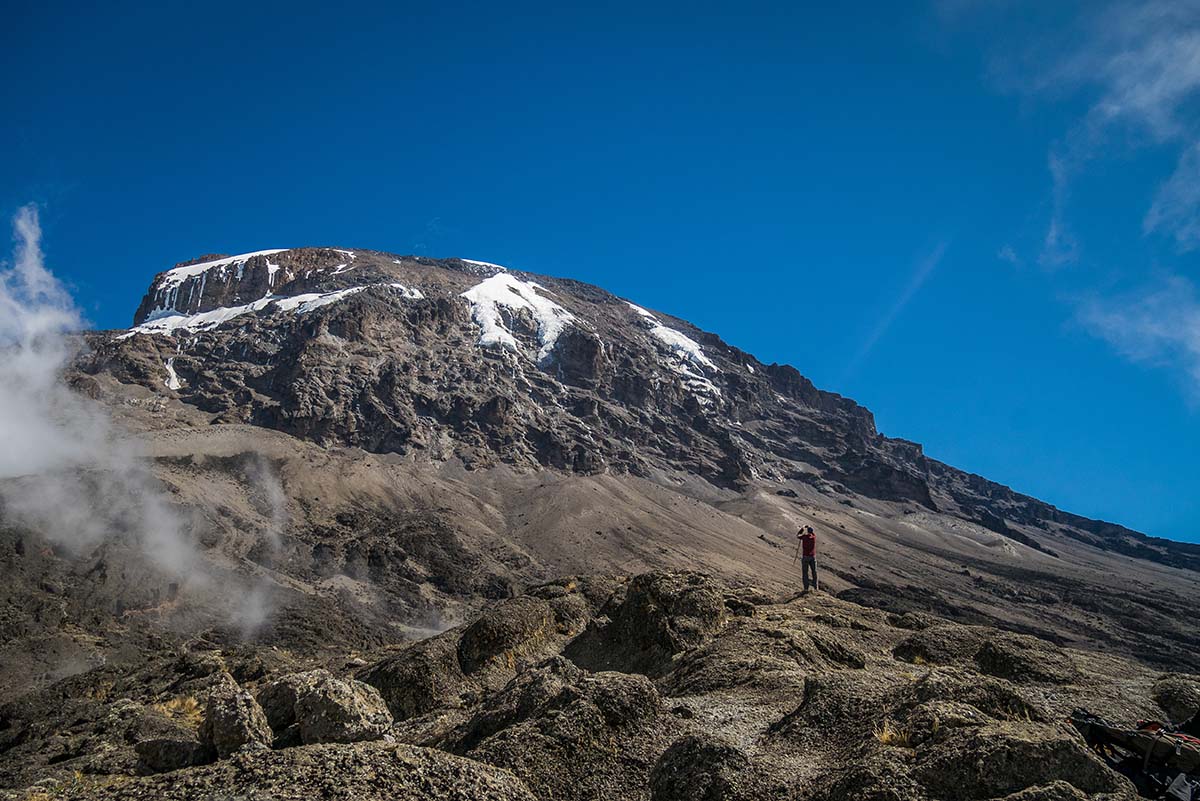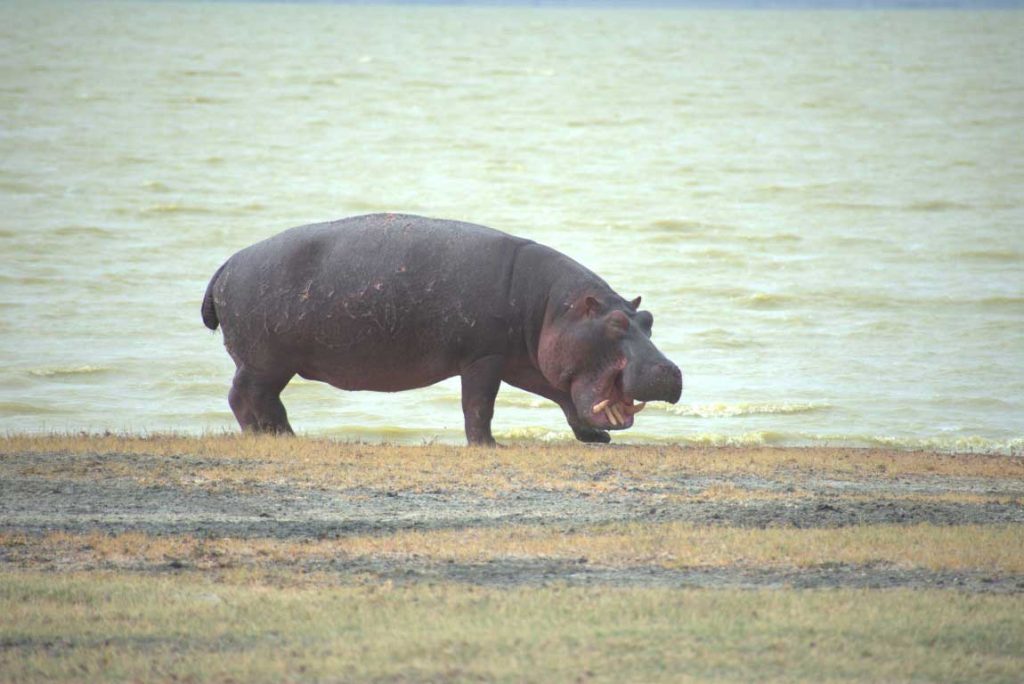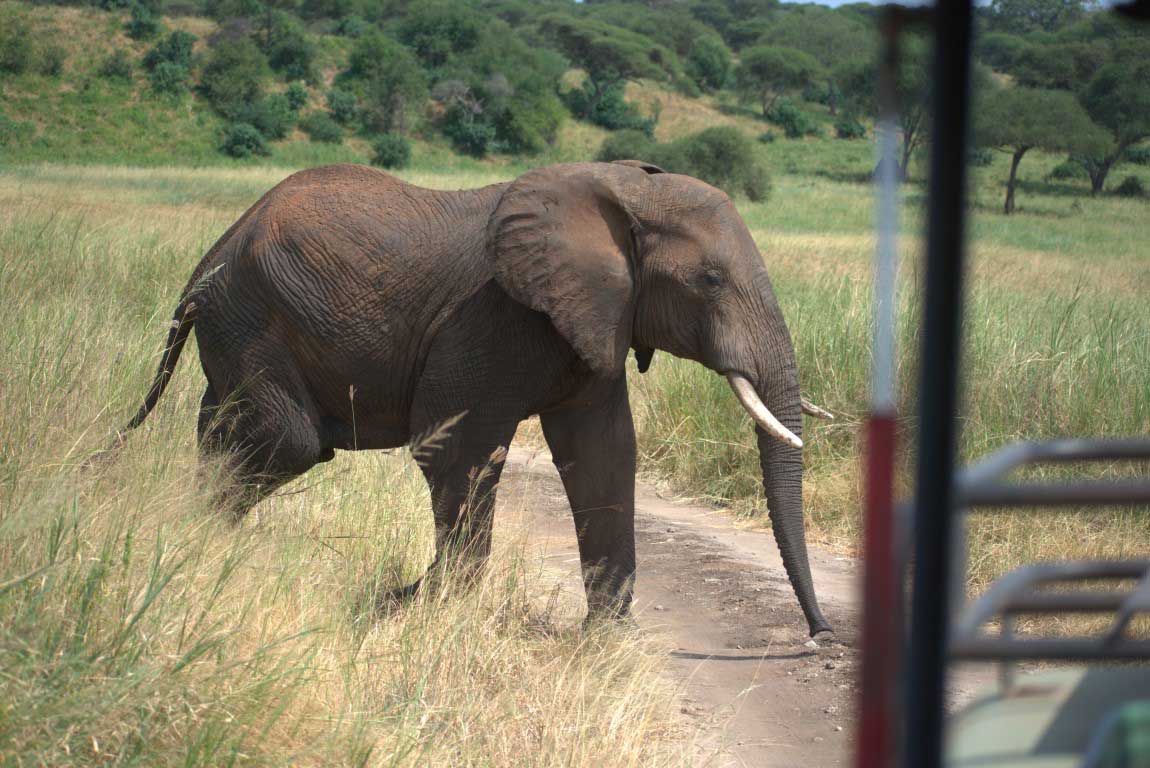This is Tanzania safari luxury program that will take you to Arusha national park for a day on a walking tour, Canoe safaris and wildlife game drives tour. It gives you the privileges to enjoy walking in the jungle which includes walking close to wild animals like giraffes, Buffaloes, zebras, elephants, etc. In this walking, an armed ranger will be guiding and leading the group. It is a luxury African adventure which uses top luxury safari lodges, hotels and tented camps, etc, you will be enjoying the jungle life but with overnights in very luxurious and comfy accommodations. This itinerary includes a visit to Arusha national park for one day, also a visit to Tarangire national park, Ngorongoro, and Serengeti’s endless plain.
Continue reading7 Days Serengeti Wildebeest Migration Calving Safari!
This is Tanzania safari luxury program that will take you to Arusha national park for a day on a walking tour, Canoe safaris and wildlife game drives tour. It gives you the privileges to enjoy walking in the jungle which includes walking close to wild animals like giraffes, Buffaloes, zebras, elephants, etc. In this walking, an armed ranger will be guiding and leading the group. It is a luxury African adventure which uses top luxury safari lodges, hotels and tented camps, etc, you will be enjoying the jungle life but with overnights in very luxurious and comfy accommodations. This itinerary includes a visit to Arusha national park for one day, also a visit to Tarangire national park, Ngorongoro, and Serengeti’s endless plain.
Continue reading7-Day Drive In, Fly-Out Northern Tanzania Safari
This is Tanzania safari luxury program that will take you to Arusha national park for a day on a walking tour, Canoe safaris and wildlife game drives tour. It gives you the privileges to enjoy walking in the jungle which includes walking close to wild animals like giraffes, Buffaloes, zebras, elephants, etc. In this walking, an armed ranger will be guiding and leading the group. It is a luxury African adventure which uses top luxury safari lodges, hotels and tented camps, etc, you will be enjoying the jungle life but with overnights in very luxurious and comfy accommodations. This itinerary includes a visit to Arusha national park for one day, also a visit to Tarangire national park, Ngorongoro, and Serengeti’s endless plain.
Continue reading5 Days Tarangire, Ngorongoro & Serengeti Culture Tour
This is Tanzania safari luxury program that will take you to Arusha national park for a day on a walking tour, Canoe safaris and wildlife game drives tour. It gives you the privileges to enjoy walking in the jungle which includes walking close to wild animals like giraffes, Buffaloes, zebras, elephants, etc. In this walking, an armed ranger will be guiding and leading the group. It is a luxury African adventure which uses top luxury safari lodges, hotels and tented camps, etc, you will be enjoying the jungle life but with overnights in very luxurious and comfy accommodations. This itinerary includes a visit to Arusha national park for one day, also a visit to Tarangire national park, Ngorongoro, and Serengeti’s endless plain.
Continue reading6 Days Northern Tanzania Safari
This is Tanzania safari luxury program that will take you to Arusha national park for a day on a walking tour, Canoe safaris and wildlife game drives tour. It gives you the privileges to enjoy walking in the jungle which includes walking close to wild animals like giraffes, Buffaloes, zebras, elephants, etc. In this walking, an armed ranger will be guiding and leading the group. It is a luxury African adventure which uses top luxury safari lodges, hotels and tented camps, etc, you will be enjoying the jungle life but with overnights in very luxurious and comfy accommodations. This itinerary includes a visit to Arusha national park for one day, also a visit to Tarangire national park, Ngorongoro, and Serengeti’s endless plain.
Continue reading


